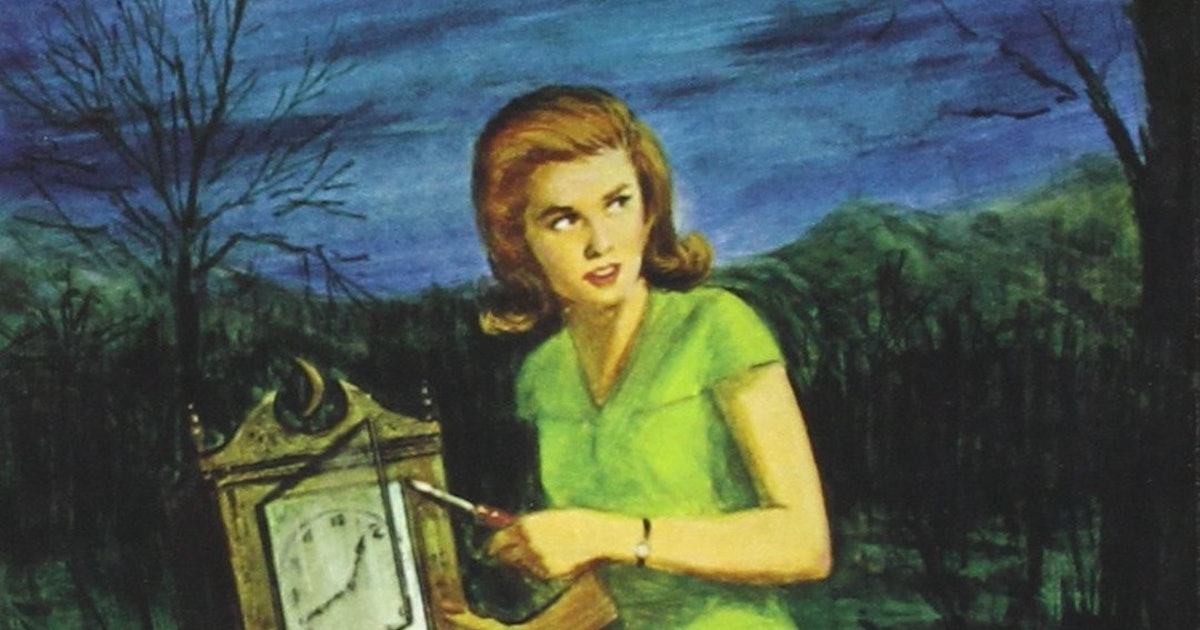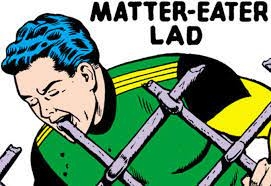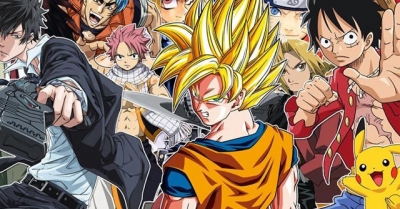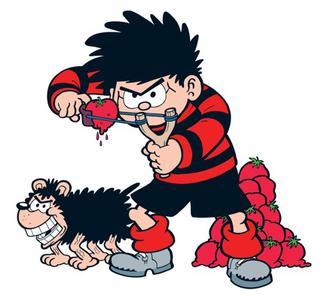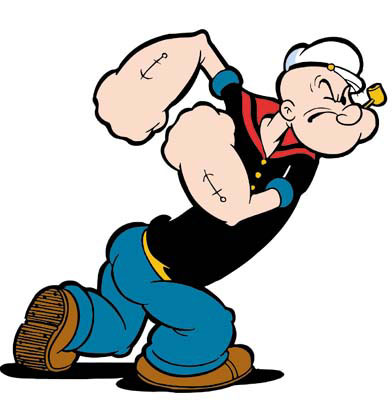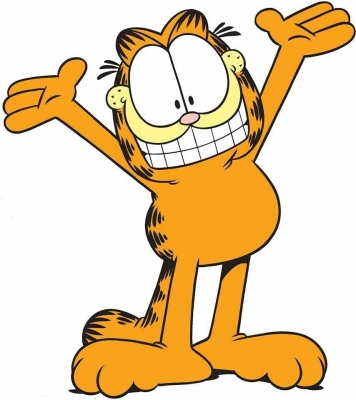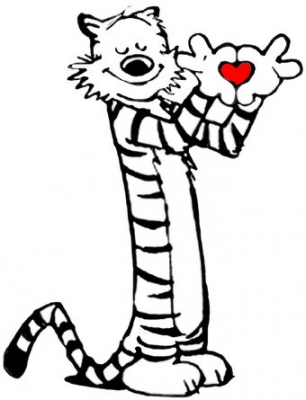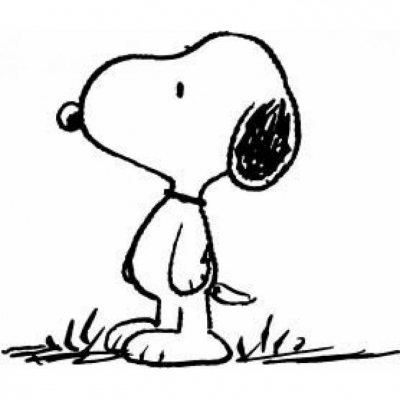What was earlier known as Timely Publications?
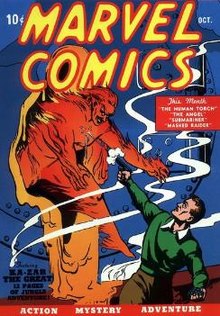
Pulp-magazine publisher Martin Goodman created the company later known as Marvel Comics under the name Timely Publications in 1939. Goodman, who had started with a Western pulp in 1933, was expanding into the emerging—and by then already highly popular—new medium of comic books.
Timely's first publication, Marvel Comics #1 (cover dated Oct. 1939), included the first appearance of Carl Burgos' android superhero the Human Torch, and the first appearances of Bill Everett's anti-hero Namor the Sub-Mariner, among other features. The issue was a great success; it and a second printing the following month sold a combined nearly 900,000 copies. While its contents came from an outside packager, Funnies, Inc., Timely had its own staff in place by the following year. The company's first true editor, writer-artist Joe Simon, teamed with artist Jack Kirby to create one of the first patriotically themed superheroes, Captain America, in Captain America Comics #1 (March 1941). It, too, proved a hit, with sales of nearly one million. Goodman formed Timely Comics, Inc., beginning with comics cover-dated April 1941 or Spring 1941.
Goodman's business strategy involved having his various magazines and comic books published by a number of corporations all operating out of the same office and with the same staff. One of these shell companies through which Timely Comics was published was named Marvel Comics by at least Marvel Mystery Comics #55 (May 1944). As well, some comics' covers, such as All Surprise Comics #12 (Winter 1946–47), were labeled "A Marvel Magazine" many years before Goodman would formally adopt the name in 1961.
Picture Credit : Google
